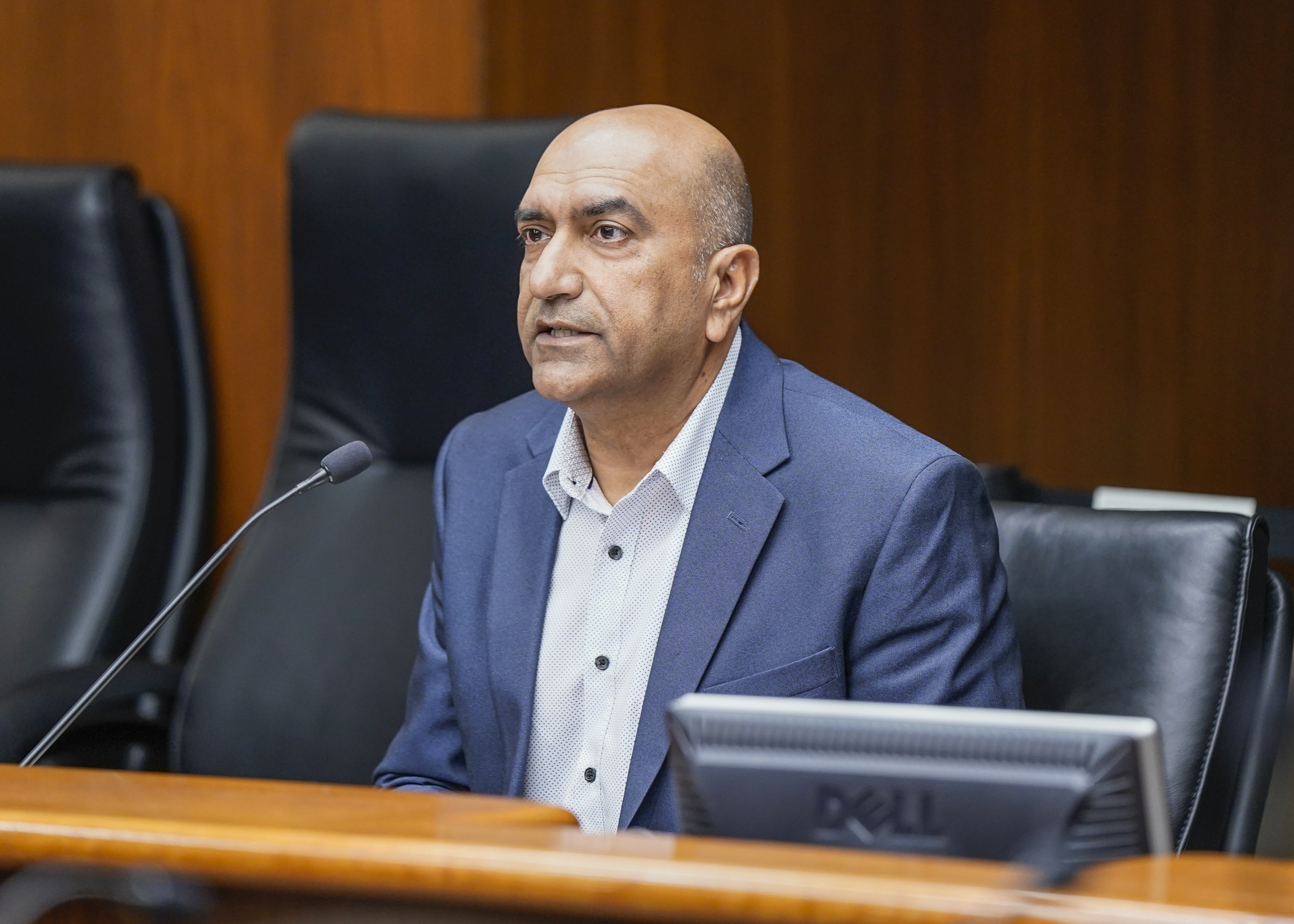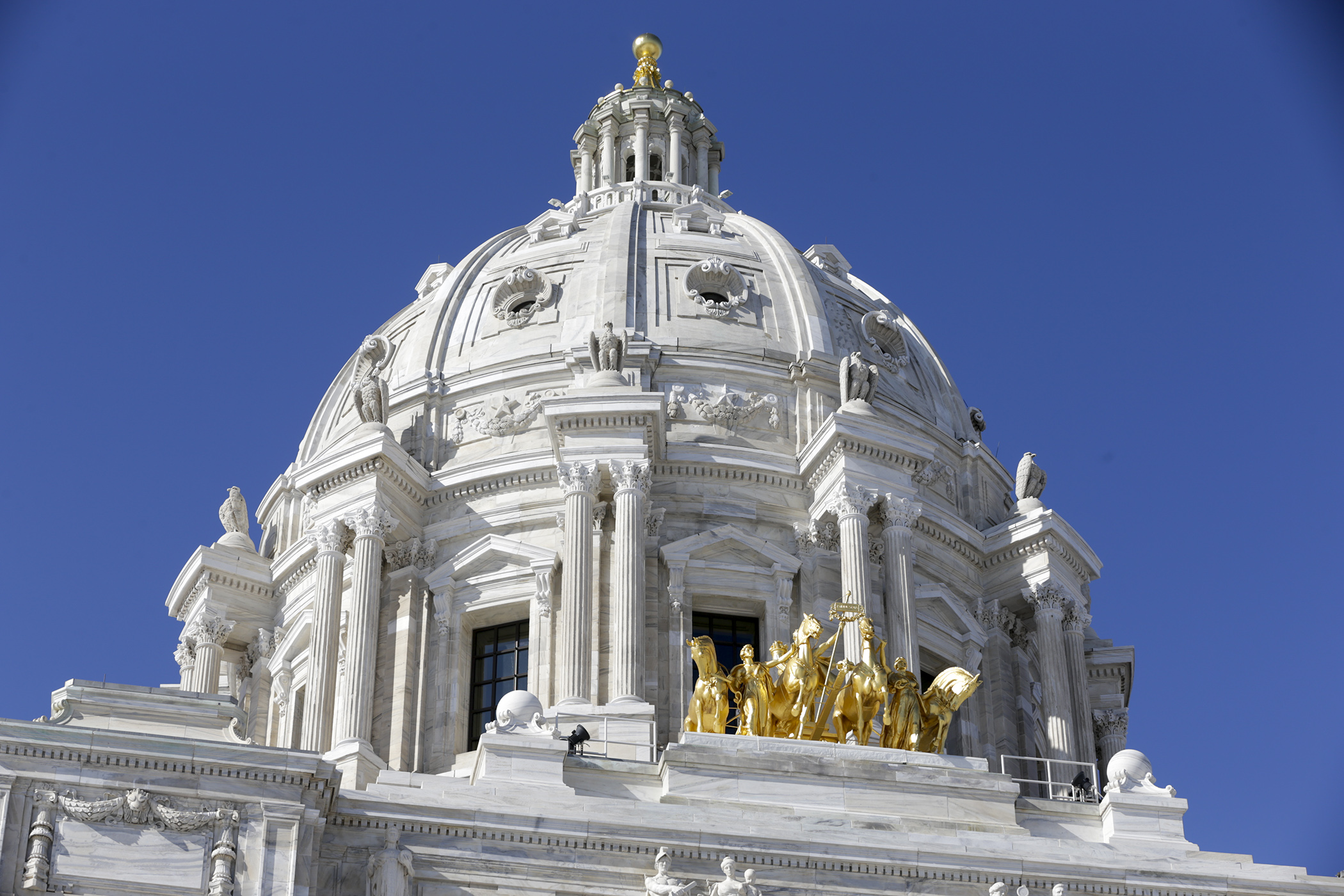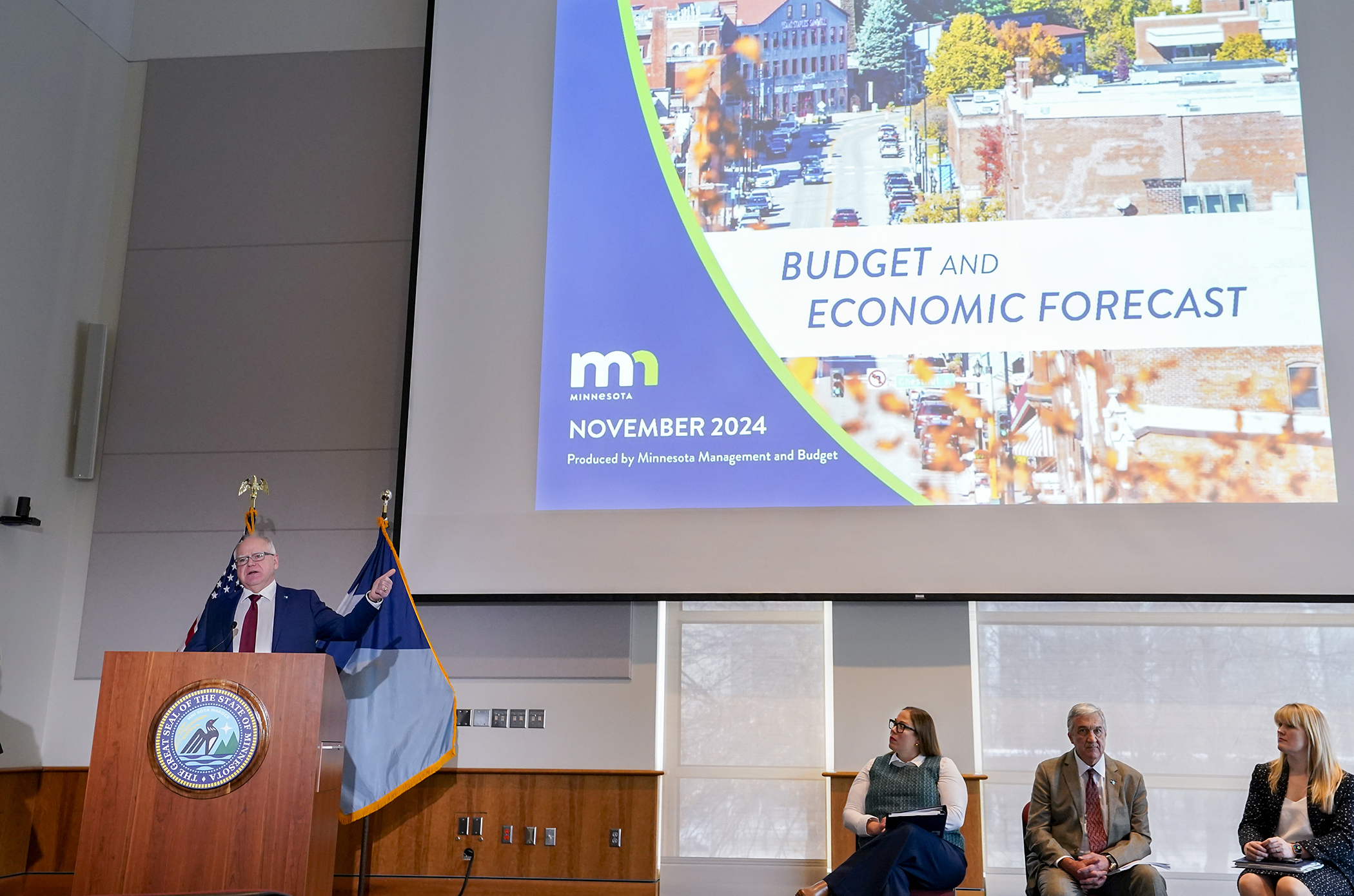Climate finance authority could unleash federal funds upon state projects

When the idea of creating a Minnesota Climate Innovation Finance Authority was first proposed a few years ago, it was characterized as a “green bank,” a public-private partnership that would help fund a variety of projects designed to develop clean energy sources and reduce greenhouse gas emissions.
Now the idea has resurfaced, and that proposed bank has a very significant customer ready to make a large deposit: the federal government.
As part of the 2022 Inflation Reduction Act, the Environmental Protection Agency created a $27 billion Greenhouse Gas Reduction Fund to make grants available to states, municipalities and tribal governments for clean energy projects in economically, socially, and environmentally disadvantaged communities.
HF2336 would start building that “bank” and filling it with state, federal, and mostly private dollars. Sponsored by Rep. Emma Greenman (DFL-Mpls), it would create a public corporation to stimulate the development of clean energy and greenhouse gas emissions reduction projects.
On Tuesday, the House Climate and Energy Finance and Policy Committee approved the bill and re-referred it to the House Labor and Industry Finance and Policy Committee.
“There are projects that are not being funded, and needs that are not being met,” Greenman said. “Seventeen states have clean energy finance authorities, and they have used over $2.5 billion in public funds to leverage $9 billion in a total investment in clean energy technologies, nearly all from private lenders and investors. … Following the model in other states, the authority will become a self-sustaining entity in about three years.
“Now is the time to do this. We’re still waiting for additional guidance from the EPA, but back-of-the-envelope says Minnesota stands to be eligible to attract $350 million or more [in federal funds]. It’s a big, important opportunity for Minnesota, and a critical step to having the resources we need to accelerate our transition.”
“If we don’t take advantage of this opportunity, other states will,” said Patty O’Keefe, senior campaign representative for the Sierra Club. “The Intergovernmental Panel on Climate Change came out with another stark warning yesterday that the window for averting climate catastrophe is closing fast, and that industrialized nations need to be sprinting toward decarbonization. Instead, we’re walking. What can we do in Minnesota to be a model to show what it looks like to start sprinting?”
Rep. Spencer Igo (R-Wabana Township) can’t support the bill because it doesn’t tackle the issue of the metals necessary to create solar panels.
“If we want to be carbon-neutral here in Minnesota, we can’t do it putting on blinders to the rest of the world around us,” he said. “We’ve got the critical minerals here in Minnesota. We’ve got them here across our nation. We could invest here and actually have carbon-negative steel, carbon-negative nickel, carbon-negative copper, among many other things.”
Related Articles
Search Session Daily
Advanced Search OptionsPriority Dailies
Ways and Means Committee OKs House budget resolution
By Mike Cook Total net General Fund expenditures in the 2026-27 biennium will not exceed a hair less than $66.62 billion.
That is the budget resolution approved Tuesday by the House Ways...
Total net General Fund expenditures in the 2026-27 biennium will not exceed a hair less than $66.62 billion.
That is the budget resolution approved Tuesday by the House Ways...
Minnesota's budget outlook worsens in both near, long term
By Rob Hubbard It looks as if those calling for less state spending could get their wish, judging from Thursday’s release of the February 2025 Budget and Economic Forecast.
A state su...
It looks as if those calling for less state spending could get their wish, judging from Thursday’s release of the February 2025 Budget and Economic Forecast.
A state su...